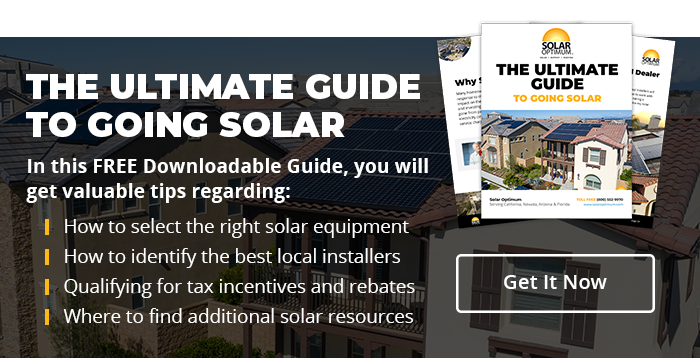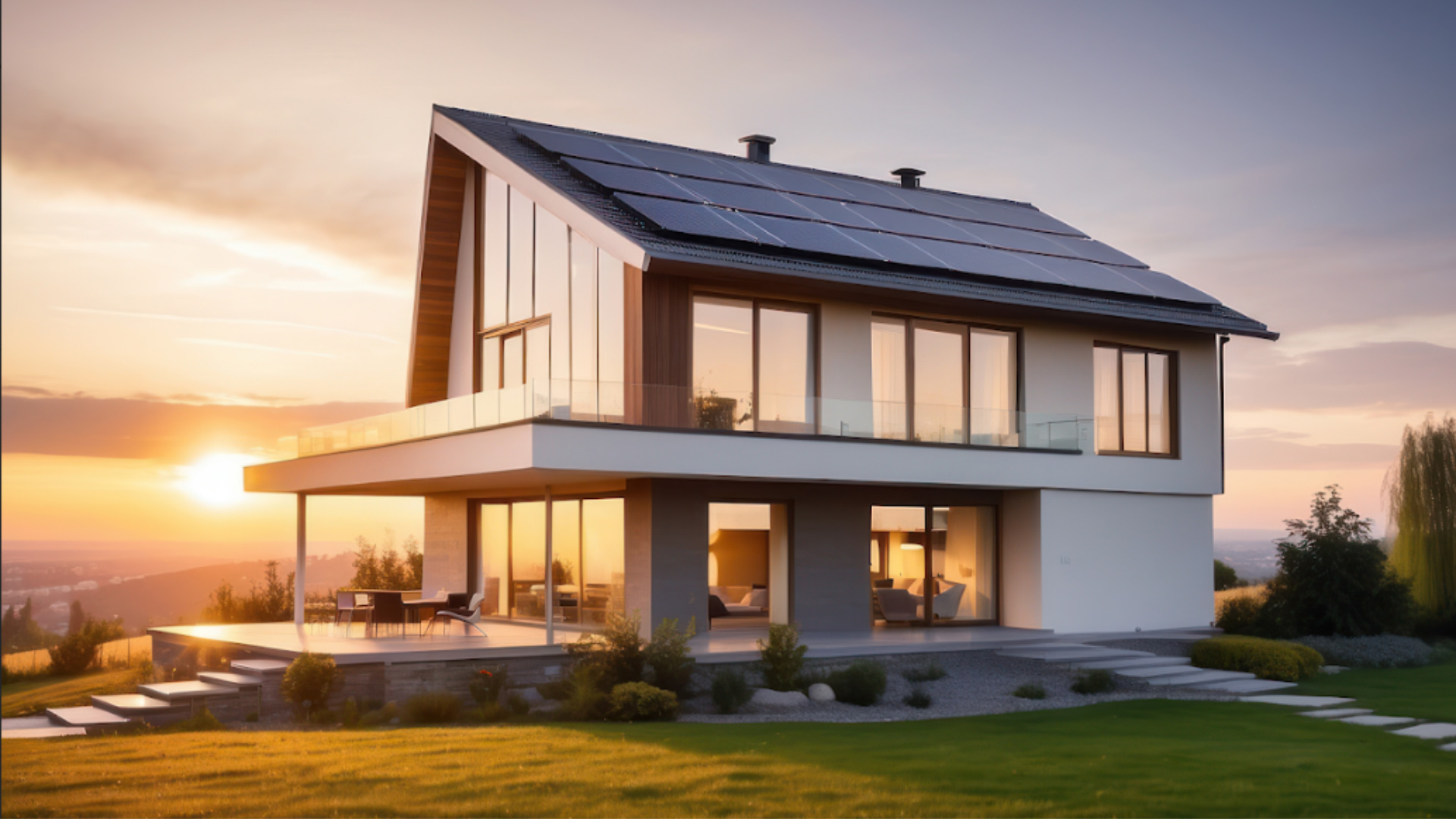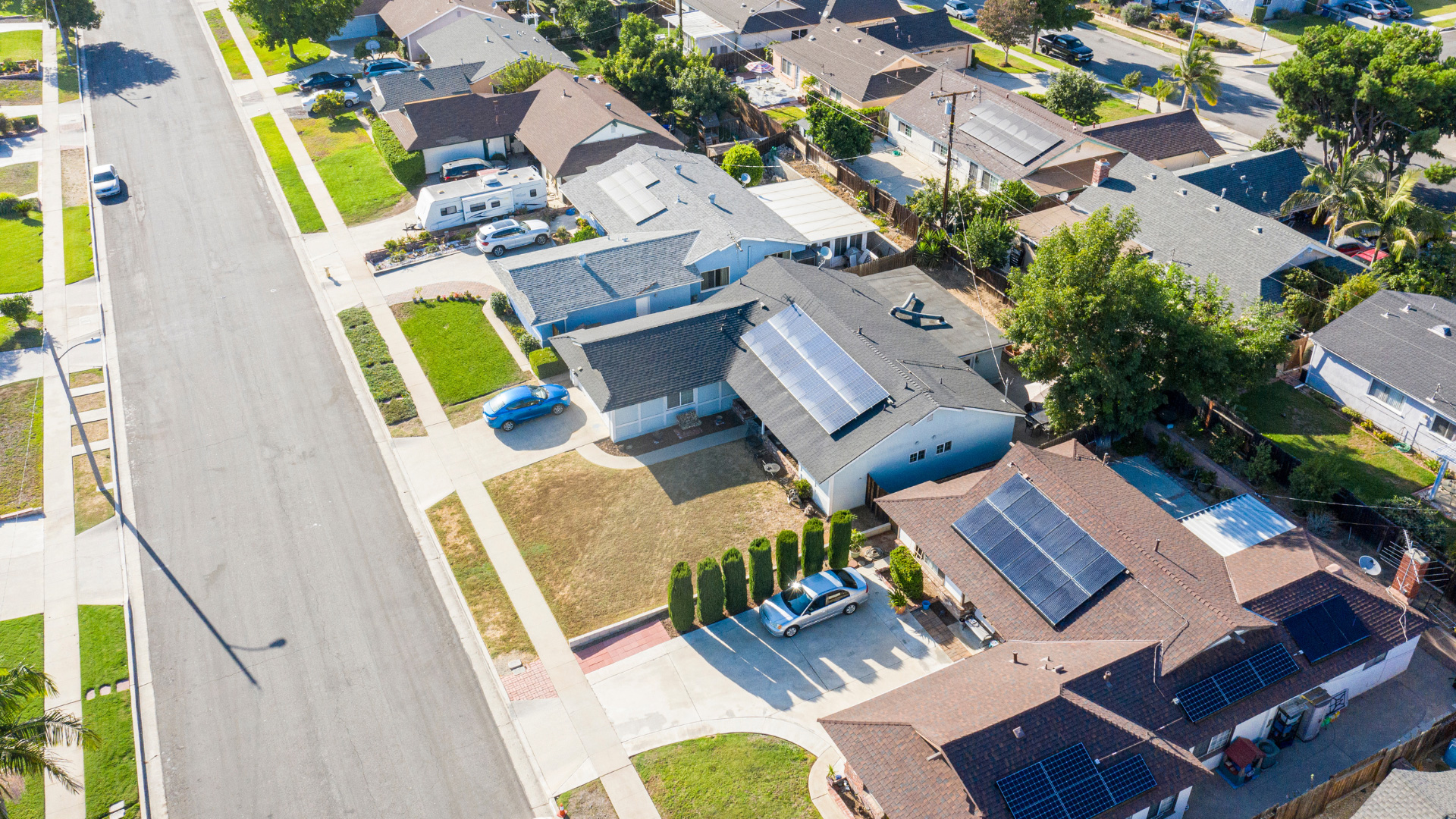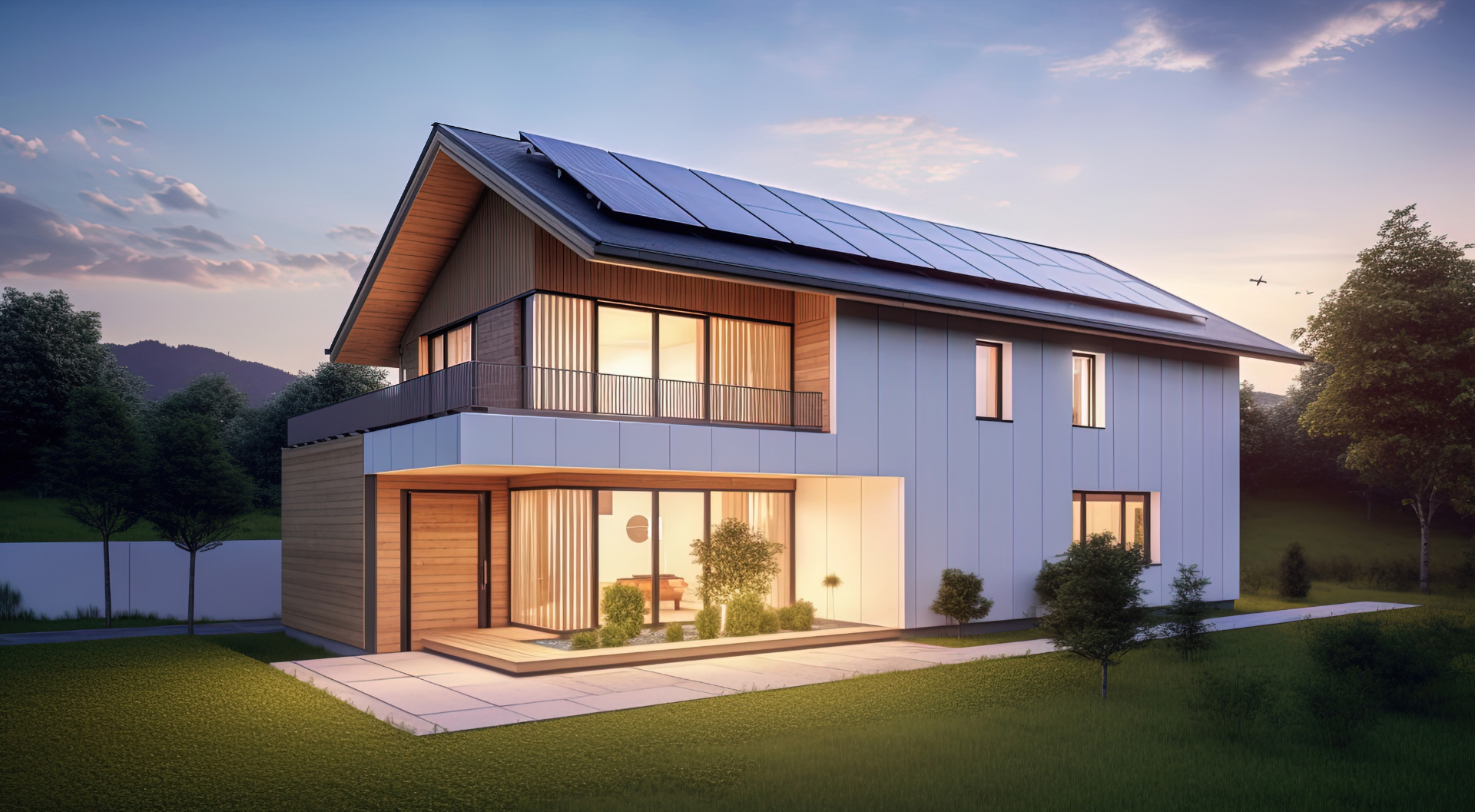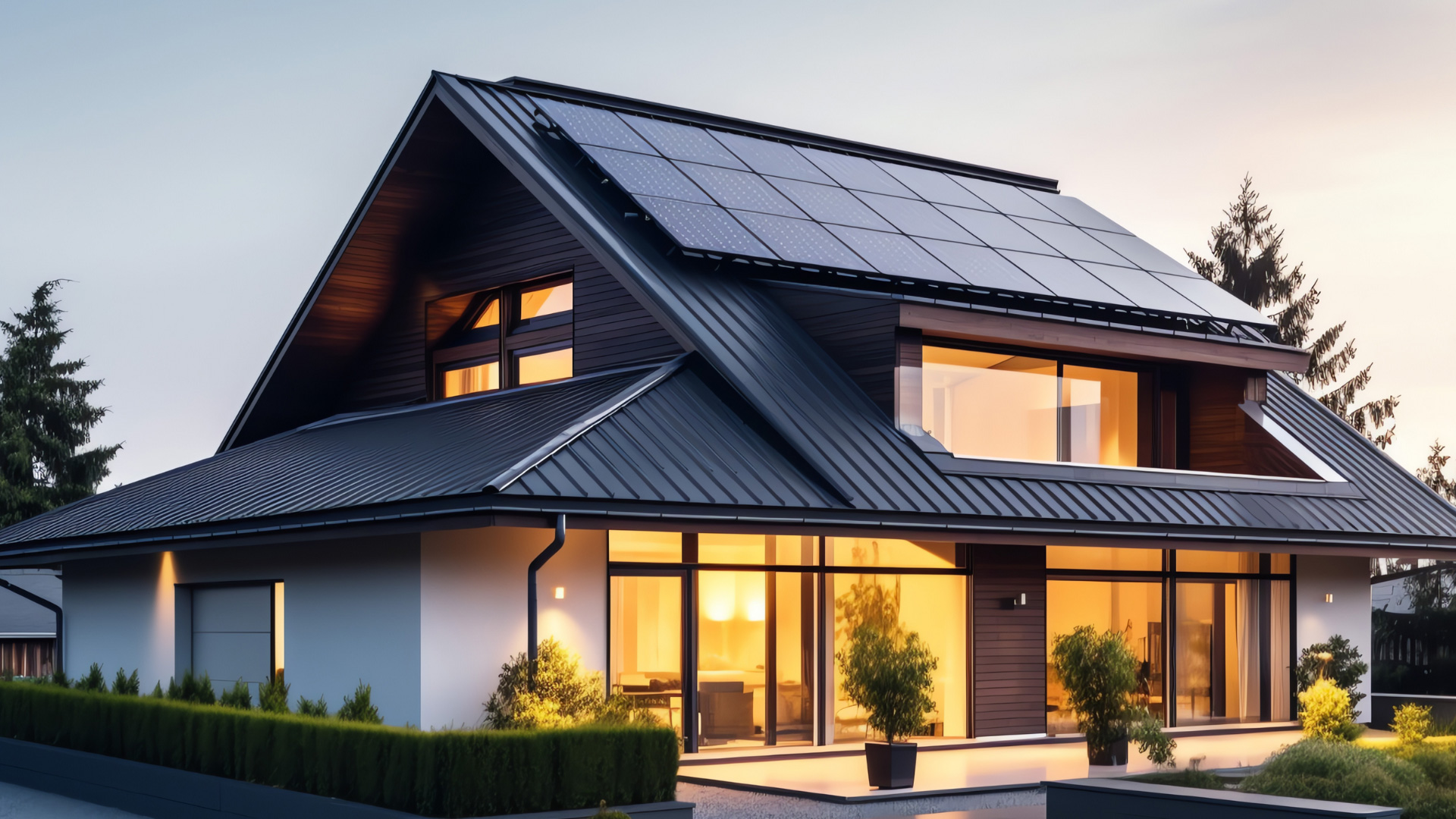As more homeowners and business owners adopt solar energy as a sustainable and cost-effective solution, those still on the fence may have some questions about the efficiency of solar panels. Here’s what you should know about efficiency decline, photovoltaic technology, types of solar panels, the installation process, costs and more.
Photovoltaic Technology at a Glance
Solar panels operate on photovoltaic (PV) technology. PV technology converts sunlight into electricity. Here’s how the process works:
First, photovoltaic cells absorb sunlight and generate an electric field. These cells are made from semiconductor materials, including silicon, which makes the process possible. When sunlight hits those PV cells, it knocks the atoms loose from the electrons. This creates an electric current.
The current generated is known as direct current (DC). DC is converted into alternating current (AC). This allows you to use the energy to power your home.
Key Solar Terms
Before you delve into the various solar panel options, it’s a good idea to understand some of the key terms involved in discussing panels and their efficiency rates. These include:
- Watt (W): A measure of power, representing the rate of energy conversion.
- Kilowatt (kW): 1,000 watts, commonly used to express the power output of solar panels.
- Kilowatt-Hour (kWh): A measure of energy consumption or production over time.
Types of Solar Panels
There are three main types of solar panels, each with its unique characteristics.
Monocrystalline Solar Panels
Professionals may recommend monocrystalline solar panels because they offer great longevity and high efficiency. These panels are space-efficient and operate well even in low-light conditions. The biggest downside is that these panels come at a higher cost than other panels.
Polycrystalline Solar Panels
Polycrystalline solar panels offer a lower price point because they are simpler to manufacture. On the other hand, these panels are less efficient and need more space to create the same amount of energy as monocrystalline panels.
Thin-Film Solar Panels
Thin-film solar panels are lightweight and flexible, which allows for versatile use. Generally, these panels require more space and come with a shorter lifespan and lower efficiency.
Efficiency Rates and Influencing Factors
Solar panel efficiency refers to the percentage of sunlight converted into usable electricity. Several factors influence these rates:
- Panel Placement: Orientation and angle relative to the sun impact performance.
- Environmental Conditions: Temperature, shading and dust accumulation reduce efficiency.
- Degradation Over Time: Panels typically degrade at about 0.5% per year, affecting long-term output.
Installation Process and Costs
Before you commit to solar panels, you may have some questions about the process and costs. The installation of solar panels involves several steps:
- Site Assessment: Evaluating the roof’s suitability, shading and structural integrity.
- System Design: Customizing the solar panel layout to maximize efficiency.
- Permits and Approvals: Obtaining necessary local permits and grid connection approvals.
- Installation: Mounting panels, installing inverters and connecting to the electrical system.
- Inspection and Activation: Final checks and activation of the system.
Costs and Incentives
The cost of solar panel installation varies but costs an average of $18,600 for a typical residential system. Financial incentives can significantly reduce this cost. These include Federal Investment Tax Credits (ITC) that cover a portion of the installation, state and local rebates and net metering, which allow you to sell extra energy to the utility company.
Why Homeowners Choose Solar
Homeowners are increasingly turning to solar energy for several reasons. For one, solar power can significantly reduce electricity bills and increase property values. They’re also sustainable and allow for energy independence.
Additionally, solar energy offers substantial advantages for the environment. Solar power reduces carbon emissions and lowers your home’s environmental impact.
Go Solar Today With Solar Optimum
Now that you have a better understanding of how solar panels work, it’s time to make the switch to a cleaner energy option. Ready to explore solar energy for your home? Contact us for a free solar panel estimate or download our Ultimate Guide to Going Solar.


